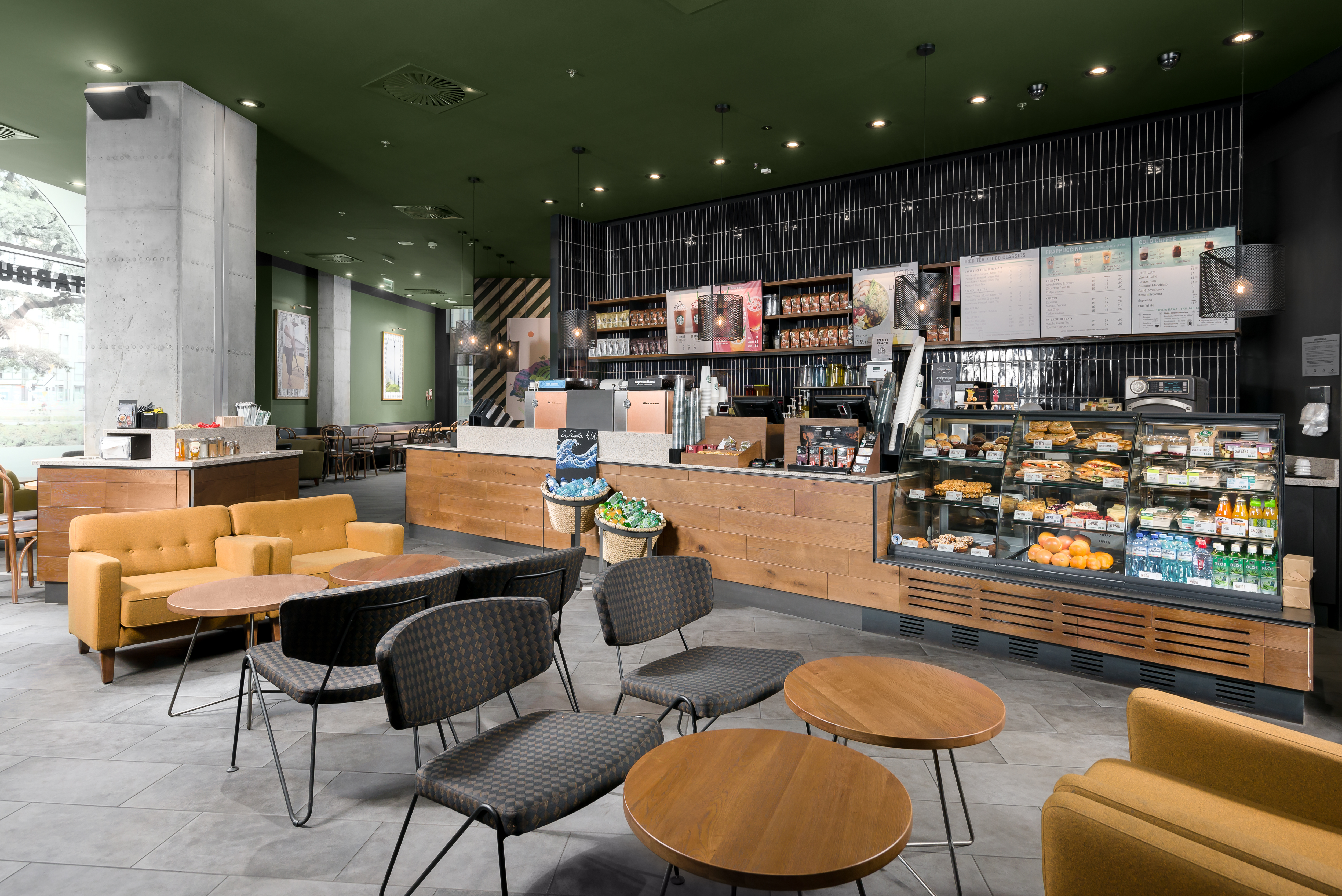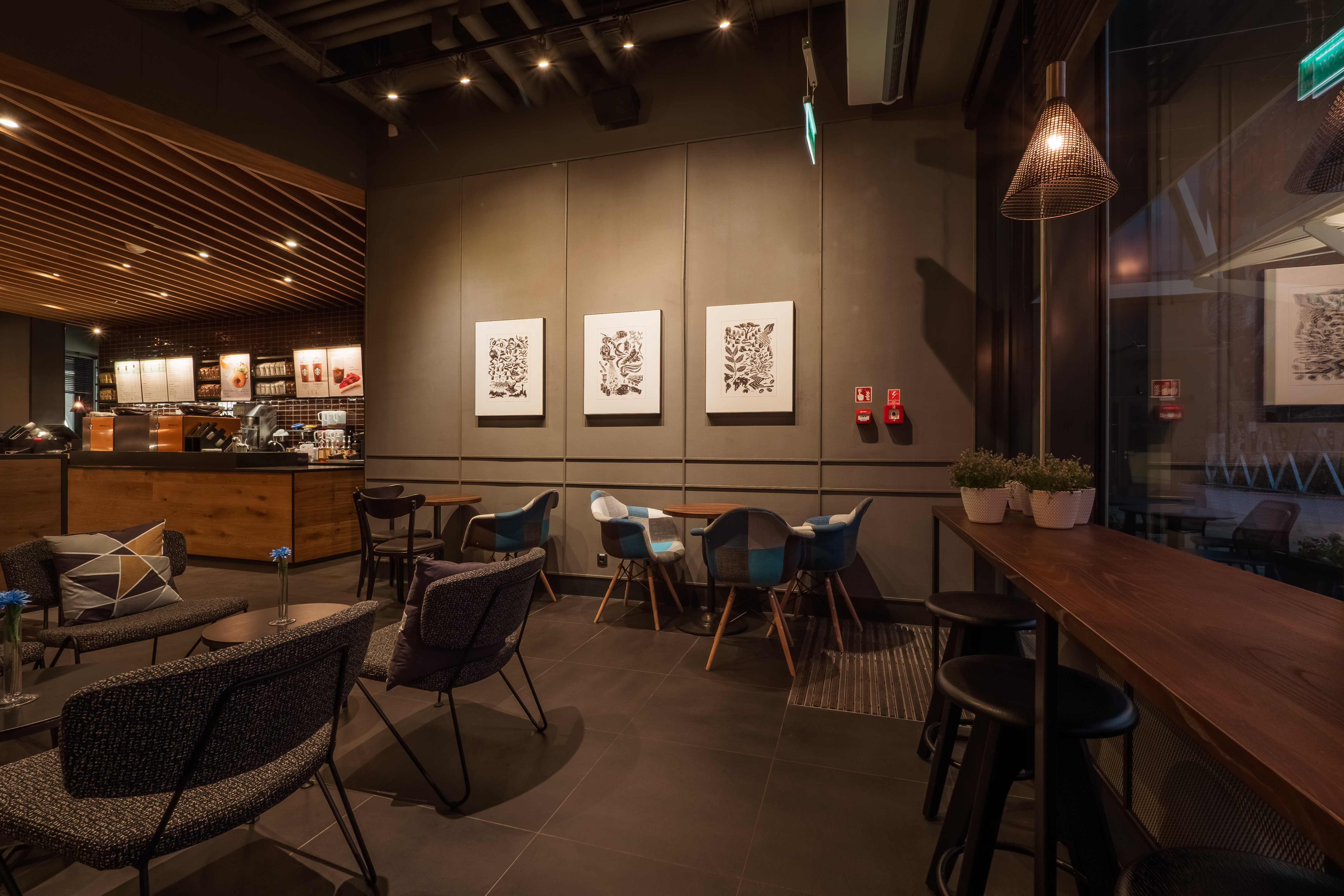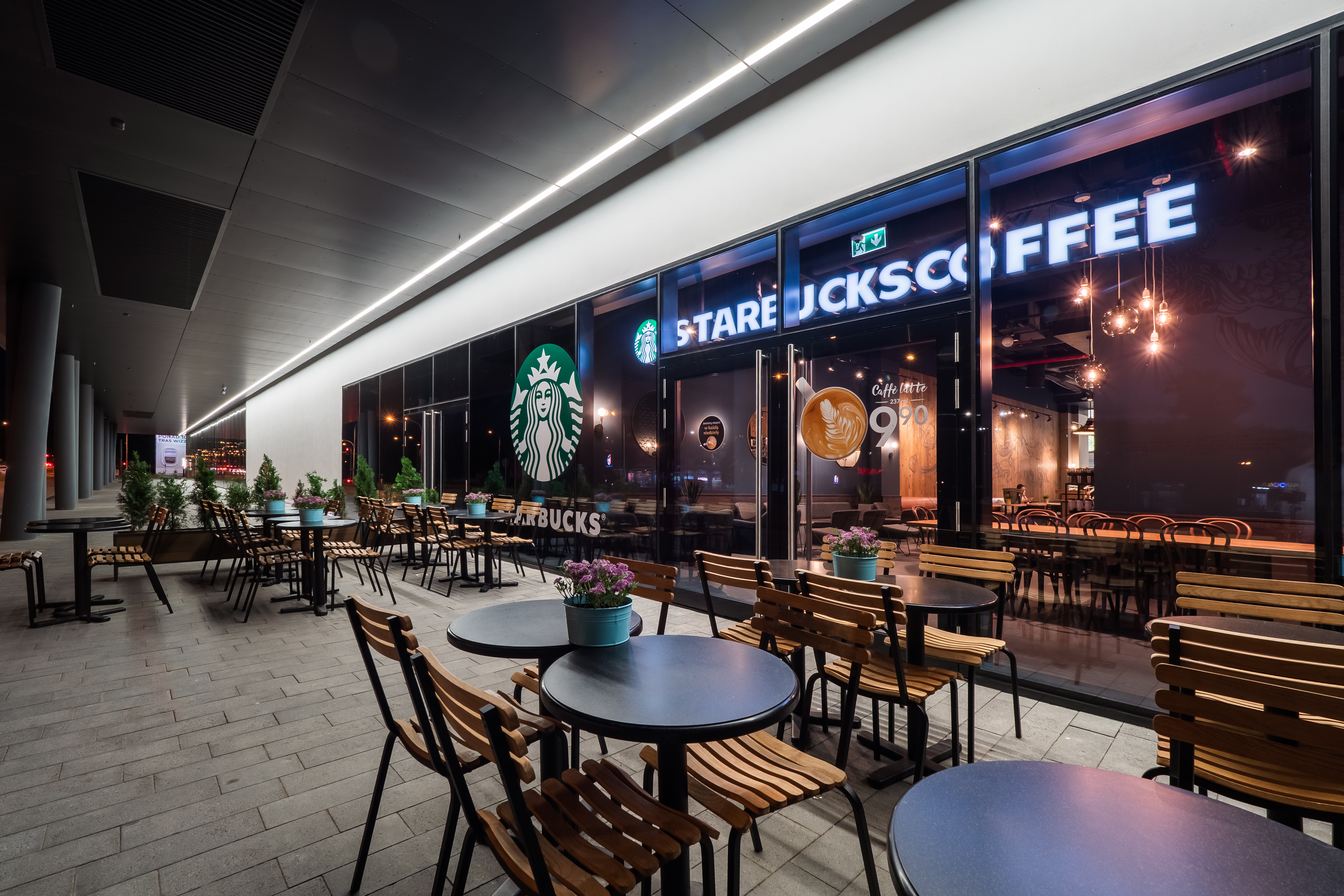Navigating Starbucks' Latest Remote Work Policy Update
Explore the recent changes in Starbucks' remote work policy, implications for employees, and the shift towards in-office culture.


Background of the Policy Change
Starbucks recently announced significant updates to its remote work policy, marking a shift back to in-office roles for corporate employees. This decision follows a two-year period during which Starbucks started bringing employees back to physical office locations. Initially, this move sparked some resistance among corporate workers, leading to appeals to Starbucks to reconsider its Return to Office (RTO) policies.

Key Updates and Requirements
The latest policy iteration states that Starbucks will maintain certain corporate roles in local markets and won't mandate relocation for individual contributors. However, all future hiring for corporate positions and lateral transfers within the company must now be based in either Seattle or Toronto. This move emphasizes the company's aim to nurture an in-office culture, believing that the best work outcomes are achieved through collaborative in-person interactions.

Balancing In-Office Culture with Flexibility
In articulating the rationale behind the increased in-office requirements, executives highlighted the importance of fostering an office environment conducive to effective teamwork and innovation. Despite this, Starbucks acknowledges the need for flexibility, recognizing that tasks often require employees to be outside the office premises, engaging with various stakeholders or traveling for business purposes.
Employee Support and Options
To support employees through this transition, Starbucks is offering a one-time cash payment to those who opt to leave the company instead of returning to the office. This voluntary departure package aims to provide individuals with an alternative in alignment with their preferences. Notably, the company leadership plans to provide further details on this initiative to employees in the near future.
Executive Example Highlighting Flexibility
When examining the leadership's approach to the policy, it's interesting to note that upon his appointment, the current executive was not required to relocate to Seattle, indicating an acknowledgment of the changing dynamics in work arrangements. This reflects a degree of adaptability in decision-making at the higher echelons of the organization.